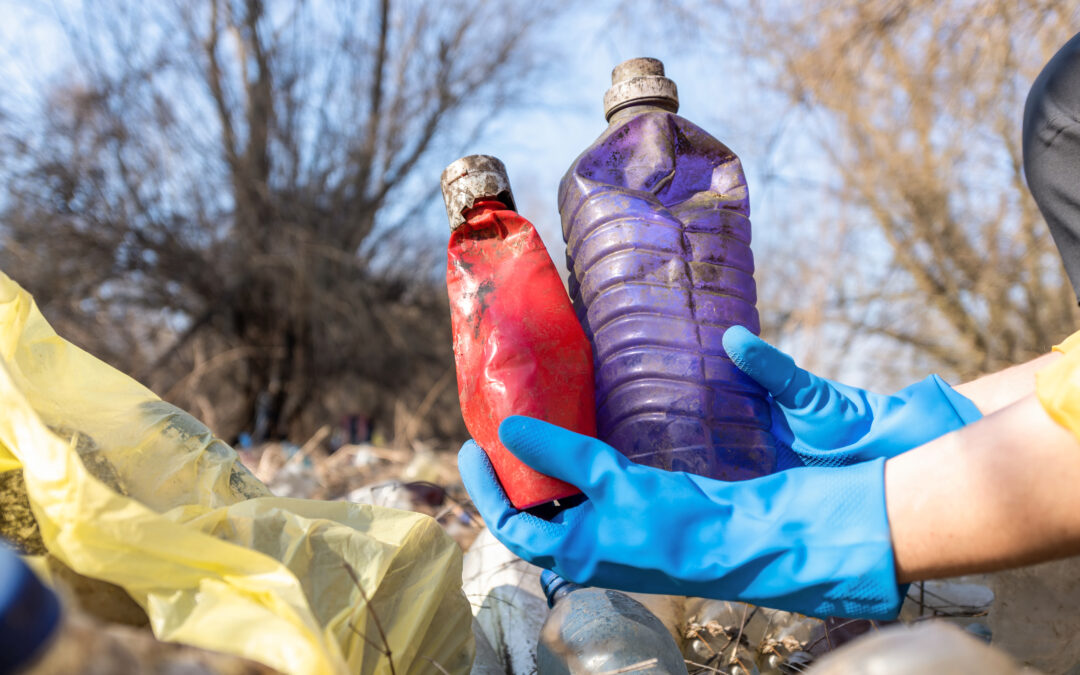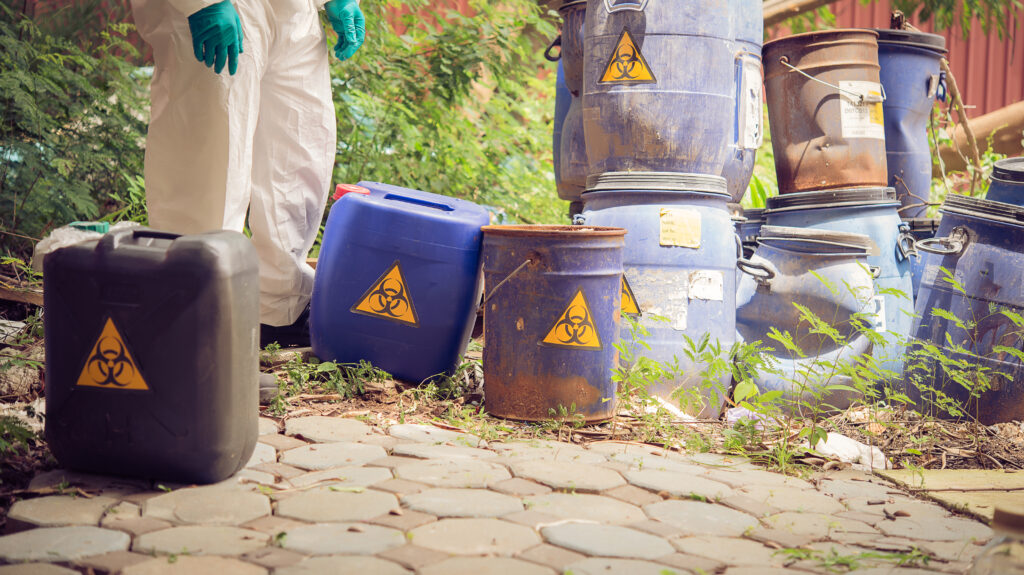If you’re managing hazardous materials in California, understanding the California Environmental Reporting System (CERS) is essential for compliance and community safety. This system simplifies how you report and manage your inventory, ensuring you meet state regulations while protecting public health. But beyond just compliance, CERS offers benefits that can enhance your business’s reputation and operational efficiency. So, what are the key aspects you need to know to navigate CERS effectively and avoid potential pitfalls?
Overview of CERS
The California Environmental Reporting System (CERS) is a crucial tool that helps streamline the reporting of hazardous materials in California. It’s designed for businesses and organizations that handle such materials, making it easier for you to comply with state regulations. By using CERS, you can manage your hazardous materials inventory, submit required reports, and ensure that your information is accessible to local agencies.
The system integrates various data sources, enabling you to track hazardous materials on a single platform. You’ll find it user-friendly, with clear guidelines and resources to assist you. Overall, CERS plays a vital role in promoting safety and environmental protection, allowing you to fulfill your responsibilities efficiently and effectively.
Purpose and Importance
Understanding the purpose and importance of the California Environmental Reporting System (CERS) is essential for any business handling hazardous materials. CERS helps you maintain compliance with state regulations, ensuring your operations align with environmental safety standards. By reporting your hazardous materials, you contribute to a safer community and protect public health.
This system also aids emergency responders by providing immediate access to crucial information during incidents involving hazardous substances. Additionally, using CERS can enhance your company’s reputation, showing stakeholders that you prioritize safety and environmental responsibility.
Ultimately, engaging with CERS not only fulfills legal obligations but also supports sustainable practices and fosters trust within your community and among customers.
How CERS Works
Navigating the California Environmental Reporting System (CERS) is straightforward once you grasp its key components.
First, you’ll create an account on the CERS portal. This account allows you to access and submit your environmental data efficiently. You’ll find user-friendly forms designed for specific reporting needs, such as hazardous materials and waste management.
After filling out the necessary forms, you’ll electronically submit your reports to the appropriate local agencies. CERS also provides real-time updates, so you can track the status of your submissions.
Remember to regularly log in to review any notifications or requirements related to your reports. By staying organized and proactive, you can ensure compliance and contribute to California’s environmental safety effectively.
Reporting Requirements
When it comes to reporting requirements in CERS, familiarity with the specific obligations for your facility is vital. You need to submit your hazardous materials inventory annually, detailing the types and quantities of hazardous substances you handle. This includes any changes in your operations, such as new chemicals or increased amounts.
Don’t forget to report any spills or releases within 24 hours, as timely reporting is crucial. Ensure your facility complies with local and state regulations, as they can vary. You’re also responsible for updating your information whenever there are significant changes.
Lastly, keep documentation handy – it can be essential during inspections or audits. Staying on top of these requirements helps you manage risks effectively and maintain compliance.
Benefits of Compliance
Compliance with the California Environmental Reporting System (CERS) offers significant advantages for your facility. First, it ensures you’re meeting state regulations, reducing the risk of penalties and fines. Staying compliant can enhance your facility’s reputation, showing stakeholders you prioritize environmental responsibility.
Additionally, CERS helps streamline your reporting process, saving you time and resources. It also provides access to valuable data that can inform your environmental management strategies, leading to improved operational efficiency.
You’ll find that maintaining compliance can foster better relationships with local authorities and the community, boosting public trust. Ultimately, embracing CERS compliance not only protects your facility but also contributes to a healthier environment, aligning your business with sustainable practices.
Frequently Asked Questions
Who Is Required to Submit Reports to CERS?
How Do I Access My CERS Account?
If you forgot your password, use the recovery option for assistance.
What Types of Facilities Must Register With CERS?
Can I Update My CERS Information After Submission?
What Are the Penalties for Non-Compliance With CERS?
It’s crucial to stay informed and maintain accurate records to avoid these consequences.
Conclusion
In conclusion, understanding and utilizing the California Environmental Reporting System (CERS) is essential for your business if you handle hazardous materials. By staying compliant with reporting requirements, you not only protect public health and the environment but also build trust within your community. Embracing CERS helps you streamline your processes, ensuring that you’re prepared for emergencies and contributing to a safer, more sustainable future. Don’t overlook the importance of this vital system—make it a priority today!



